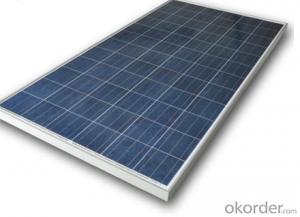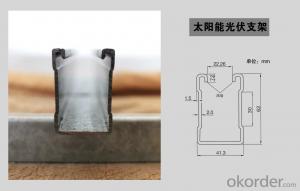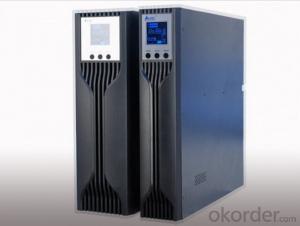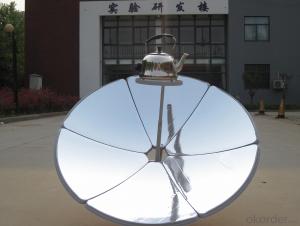Raggie Solar Inverter
Raggie Solar Inverter Related Searches
Renogy Solar Inverter Rich Solar Inverter Lg Solar Inverter Magnum Solar Inverter Solaredge Solar Inverter Residential Solar Inverter Rssi Solar Inverter Solar Ready Inverter Morning Star Solar Inverter Synergy Solar Inverter Solaris Solar Inverter Solar City Inverter Magnum Energy Solar Inverter Solar Solar Inverter Rec Solar Inverter Magnum Inverter Solar Lg Inverter Solar Solar Rechargeable Inverter Smart Solar Inverter Reactive Power Solar Inverter Rack Mount Solar Inverter Solar Energy Inverter Solar Rooftop Inverter Solar River Inverter Battery Solar Inverter Ags Solar Inverter Rooftop Solar Inverter Home Solar Inverter Homemade Solar Inverter Raspberry Pi Solar InverterRaggie Solar Inverter Supplier & Manufacturer from China
Raggie Solar Inverter is a line of high-quality solar power conversion products that are designed to efficiently convert solar energy into usable electricity for various applications. These inverters are engineered to optimize energy output and ensure reliable performance, making them an ideal choice for both residential and commercial solar power systems. They are known for their durability and ability to withstand harsh environmental conditions, which is crucial for maintaining consistent power supply in different settings.The Raggie Solar Inverter is widely used in various scenarios where a reliable and efficient power source is required. It is commonly employed in off-grid solar systems, where it provides a stable power supply to homes, businesses, and remote locations without access to traditional electricity grids. Additionally, these inverters are utilized in grid-tied systems, where they help to reduce electricity bills by feeding excess solar power back into the grid. They are also found in hybrid systems that combine solar power with other energy sources, such as batteries or generators, to ensure a continuous and stable power supply.
Okorder.com is a leading wholesale supplier of Raggie Solar Inverter products, offering a vast inventory to cater to the needs of various customers. With a commitment to providing top-notch products at competitive prices, Okorder.com ensures that customers have access to reliable and efficient solar inverters for their energy needs. Their extensive selection and competitive pricing make them a go-to source for those looking to invest in Raggie Solar Inverters for their solar power projects.
Hot Products



















































